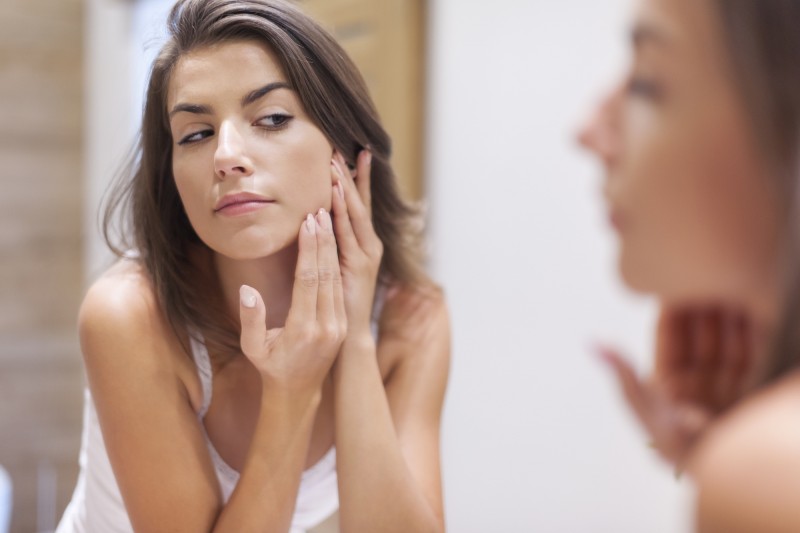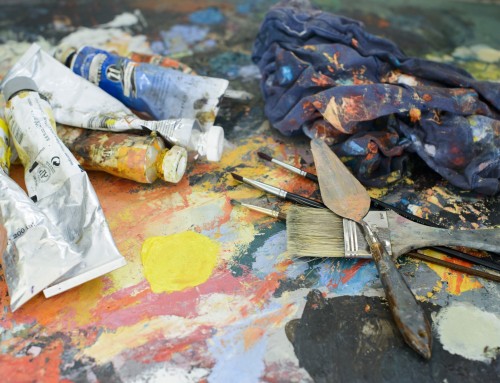More than 50 million people in the U.S. alone suffer from acne.
If you’re among this number, you know how frustrating finding a solution can be. If you’ve tried every product on your local drugstore’s shelf, you’re likely looking for other options.
There are plenty of ways to pamper yourself at home. But when it comes to acne solutions, there are some ingredients and DIY treatments that could hurt your skin or at the very least cause a severe breakout.
Keep reading to learn a few of the DIY solutions and ingredients that you should avoid.
1. Baking Soda Solutions
A quick internet search will turn up hundreds of DIY acne solutions that include baking soda as a main ingredient.
Some urge you to use it as an exfoliant. Others as a mask that you let dry before rinsing it off.
Baking soda seems innocent enough, not to mention handy. But while you’re good to keep using it to keep your fridge smelling fresh or mixed with vinegar to clean out your sink drain, keep it off your face.
That’s because baking soda is an alkaline product, while your skin is naturally acidic. Mixing the two can leave your skin out of balance. It could irritate your face, and end up causing more breakouts than it cures.
2. Recipes that Include Kitchen Spices
Many of the DIY acne solutions you’ll find on the web link a feeling to whether or not the solution is working. But when your skin feels hot or irritated, it isn’t because the ingredients are doing their jobs. It’s because a reaction is occurring.
Any acne remedies that include kitchen spices like cinnamon or cayenne are terrible for your skin.
Cinnamon causes inflammation, which is why it’ll cause a burning sensation when applied to your skin. The same goes for cayenne. The last thing you want to do when you’re trying to treat your acne is to cause any sort of inflammation or irritation.
3. Hydrogen Peroxide for Healing or Scar Treatment
Hydrogen peroxide has long been used to treat cuts and scrapes. Its antiseptic properties are great for stopping infections and keeping open sores clean.
It’s healing properties are likely what led to the myth that hydrogen peroxide is also good for treating acne or curing acne scars.
But in reality, the reason hydrogen peroxide is good at stopping bacteria from attacking sores is that it’s toxic.
Applying it to your skin will cause irritation. It does when you apply it to cuts and sores as well, though you likely don’t notice because the cut already hurts. But that irritation is worth it because an infection would be worse.
But when it comes to treating acne, there are plenty of other, non-irritating ways to treat it. Not to mention the fact that there is no scientific data to support hydrogen peroxide as a solution for fighting acne or reducing the appearance of scars.
4. Glue Mask
DIY masks are the latest sensation in acne solutions.
With ingredients ranging from honey to yogurt, most are harmless, though they are also unlikely to do much good.
But some DIY mask ingredients could be doing a lot of damage. Glue is one of those ingredients.
Craft glue of any kind should never be applied to your skin. While it can be satisfying to peel off, it’s causing a number of issues while on your skin.
To start, traces are likely getting left behind, leaving your pores clogged. It’s highly abrasive and is stripping away your skin’s natural oils that help keep it healthy.
In some cases, it can even cause dangerous irritation, infections, or hyperpigmentation.
Save the glue for your next craft project, not your nightly skincare routine.
5. Egg Mask
Another dangerous DIY mask ingredient is raw egg.
This is one of the acne solutions that’s been around for ages. Proponents claim that it tightens skin, reducing the size of pores and even reducing sagging. Some also claim that it’s good for clearing pores.
But while it may leave a tight sensation on your skin in the moments after you remove it, this is more likely because you failed to wash off all of the egg. In reality, your egg mask is doing very little, besides putting your health at risk.
Ingesting even a small amount of raw egg can put you at risk of salmonella, which could land you in the hospital. Better to schedule a visit with a dermatologist to get acne solutions backed by science rather than risking an unplanned trip to the ER.
Or, better yet, skip the visit to the doctor entirely, and choose an FDA-approved over-the-counter solution. When you learn more about what a prescription-strength acne treatment can do, you’ll never visit your kitchen to whip up a DIY solution again.
6. Toothpaste for Pimples
Toothpaste is another of the DIY acne solutions that success is linked to the feeling they create.
The internet is full of claims that a dab of toothpaste can dry your pimples overnight. And if you apply a dab, you’ll wake up with a tight, dry feeling around the pimples.
But the only thing drying up is the toothpaste. In reality, your Crest, Colgate, or other toothpaste brand is full of ingredients that actually cause inflammation on your skin, like baking soda, peroxide, and menthol.
7. Lemon Juice for Anything
Lemon juice is the only DIY acne solution ingredient that’s actually healthy for your skin. The reason it makes this list is that’s it’s dangerous to use because of the other side effects it can cause.
Lemon juice can fade dark spots, reduce hyperpigmentation, and brighten your skin. But its also compromising your skins natural pigment. This puts you at risk for a dangerous, severe sunburn or irritation.
Lemon juice is also a powerful exfoliate, which can leave your skin irritated, dry, and even more prone to breakouts.
Finding Acne Solutions That Actually Work
These DIY acne solutions are unlikely to give you the radiant skin that you’re dreaming of.
Instead, you need medications backed by science.
But even that may not be enough. Great skin is created from the inside out. Rethinking what you put in your body, and how you protect and treat your skin each day, is the best way to fight back against acne.
If you’re ready to learn how to start treating your skin better, click here for 5 simple methods for achieving radiant skin.











